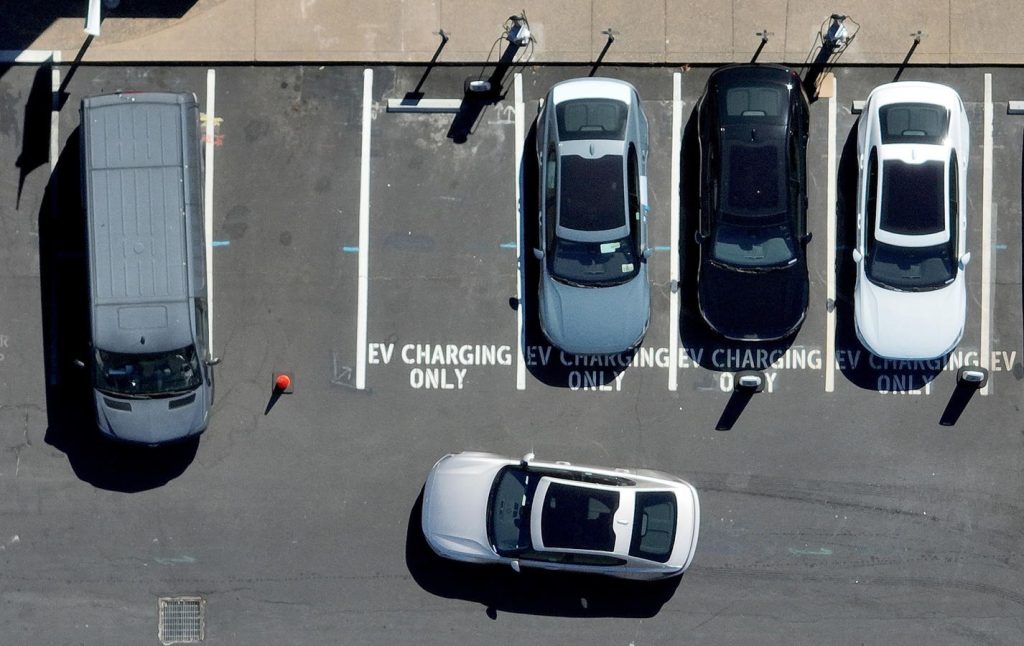There may be plenty of sore scalps from all the head scratching at the automakers’ product planning offices as decisions about how to power future vehicles are less clear than ever, according to an analysis by BofA Securities.
“The powertrain conundrum here is really causing problems in product planning we’ve never seen before,” said John Murphy, Senior Automotive Analyst, BofA Securities as he presented the company’s annual “Car Wars” report to members of the Automotive Press Association in Farmington Hills, Michigan Tuesday.
Where companies like General Motors Co. had previously declared an all electric strategy, they’ve now backtracked to now include hybrids and indeed, the traditional internal combustion engine is seeing renewed love across the industry, except for all-electric companies like Tesla, Lucid and Rivian.
Further evidence of the industry’s confusion, or at least the tempering of its confidence in the growth of alternative fuel vehicles (EV, hybrid, fuel cell) can be seen in the company’s adjustment in its new product launch projections.
The company had originally projected the number of new model nameplates for alternative powertrain vehicles to account for 64% of total industry introductions but has now downgraded that to 60%.
Doesn’t seem like a big difference, but Murphy asserts it tells a big story, especially for the lingering life for internal combustion engine vehicles, or ICE.
“It sounds like it’s only 4% but it’s actually a pretty big shift in the industry back towards ICE,” Murphy said. “It was also an indication that although there’s a lot of discussion around hybrids, it’s more discussion as opposed to actual action. So this is a really significant change versus last year.”
Indeed, looking at new model offerings, at 113 EVs led new ICE nameplates by just one, according to the report.
What’s keeping ICE vehicle alive? It’s easy. They make money for the automakers—the kind of money they can use to bankroll future alternative powertrain product development—especially big ticket pickup trucks and high-end SUVs and crossover vehicles.
Murphy was clear, however, the industry sees no turning back from a future where EVs, hybrids, perhaps even hydrogen fuel cell vehicles will dominate product offerings, although much slower that the company had projected and not as fast as consumers had hoped.
The Car Wars report shows the number of new alternative powertrain vehicle offerings increasing from 36 in 2025 to 58 in 2027, but backing off to 54 in 2028.
It also portends a change in status for the leading EV company.
“It is an indication that the industry is planning for very significant acceleration EV penetration over the next four years,” said Murphy. “It also indicates that Tesla will continue to lose market share because the rest of the industry ramps up over the last four years.”
But as so often happens when confusion or uncertainty reigns, especially in the face of a market still finding direction, sometimes it’s best to take a moment and retreat to a comfort zone while still planning for the future.
That’s what Murphy surmises some automakers may be doing now, “going back to their corners and going to their strengths. When you see GM, Ford and Stellantis focusing on trucks, crossovers, but you also see the Japanese and the Koreans focusing very heavily, at least on a relative basis, on small and big car platforms as well as crossovers. So there’s a very interesting sort of falling back on their other core businesses.”
Read the full article here






